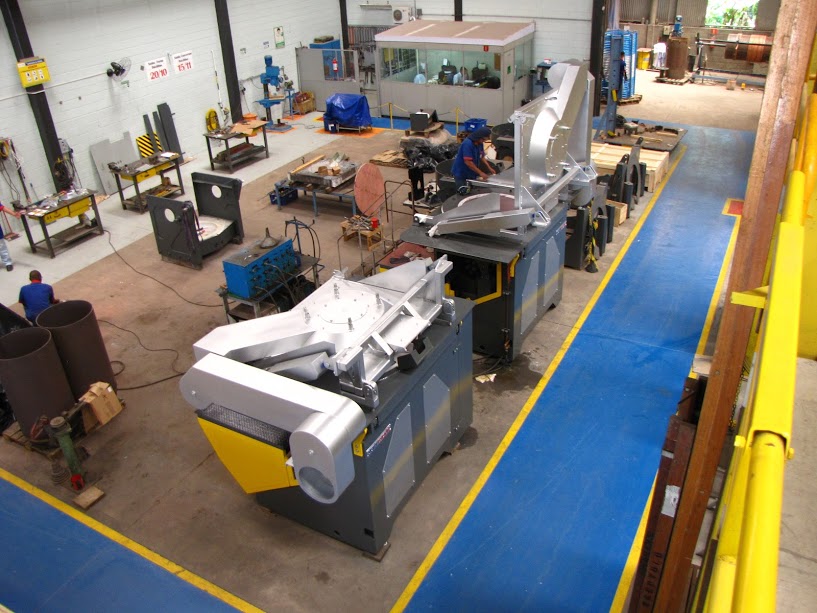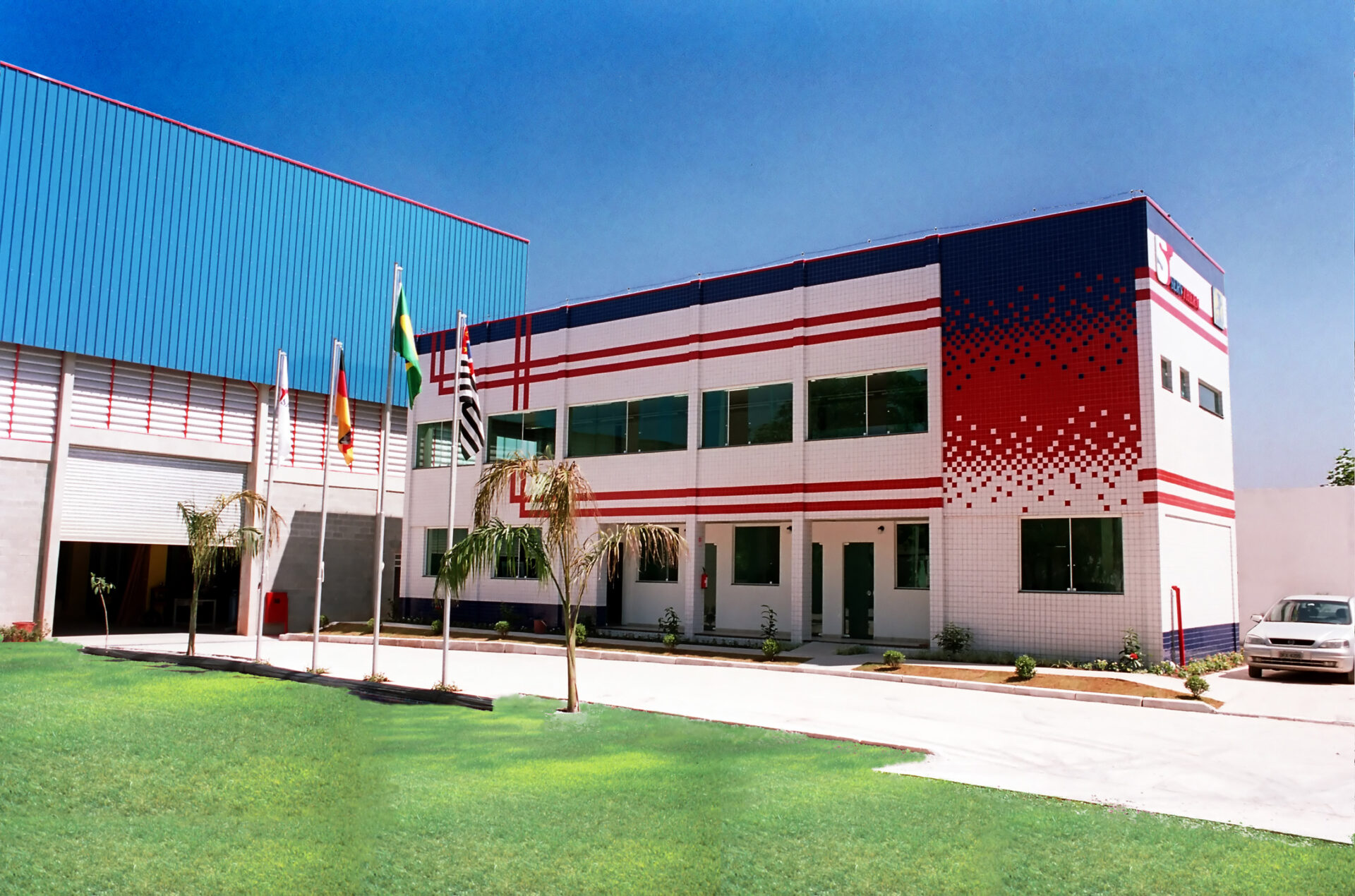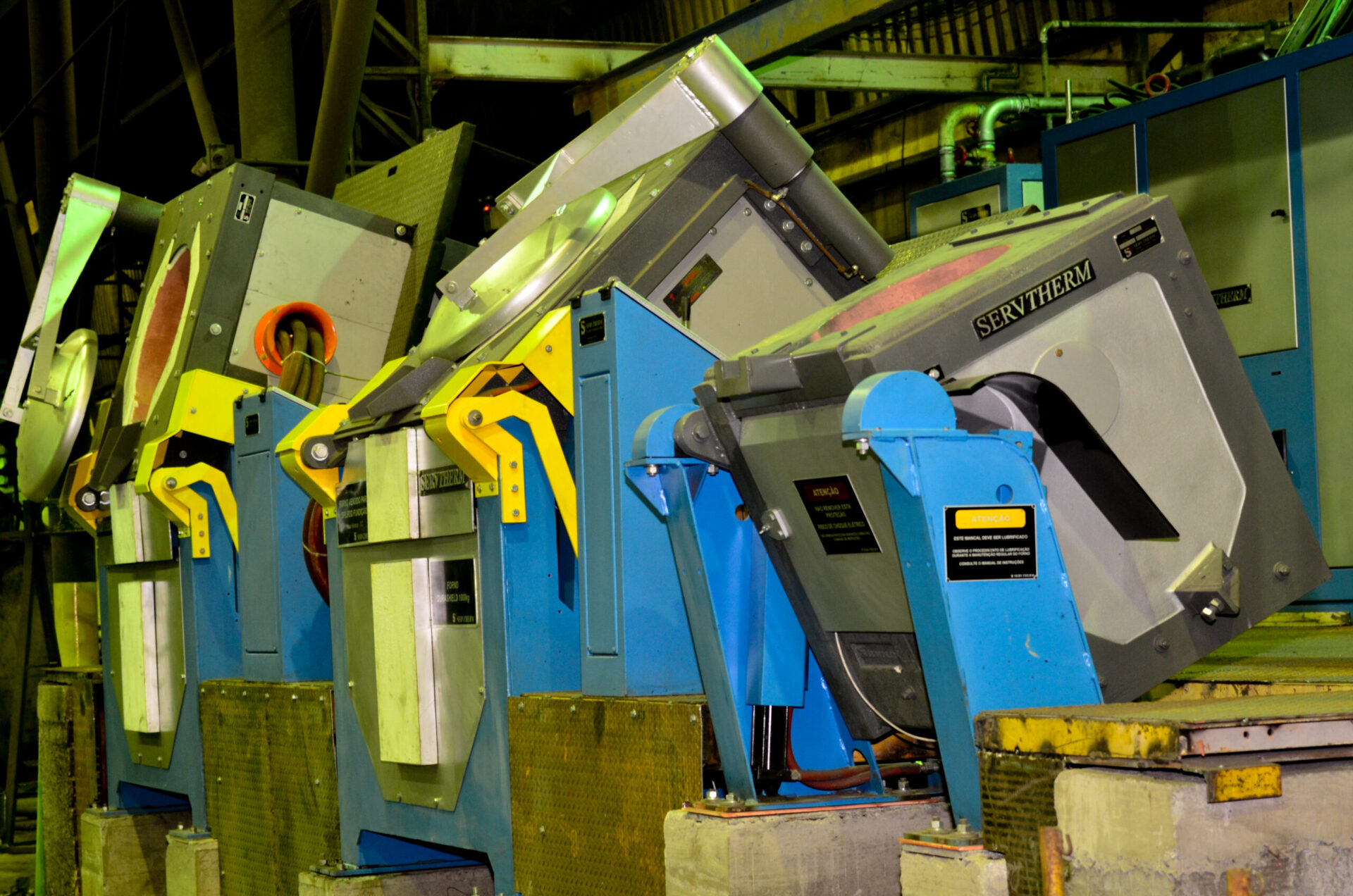entre em contato
Faça uma visita!
- 7:30 am até 5:00 pm
A Servtherm representa a alternativa lógica de mercado para quem quer um equipamento moderno, robusto e confiável, a um preço bastante competitivo, conciliando uma compra inteligente com um serviço de pós-vendas atuante e rápido.
- Filial SC: R. Dona Francisca, 11739 - Distrito Industrial, Joinville - SC, 89219-615
- Rua Mathilde Ferrari Marçon, 1130 - Bairro Bastistini Sao Bernardo do Campo - SP Cep: 09840-360
- Av. Araguaia 1049, Bela Vista, Cláudio - MG; 35530-000








